
In a new image from NASA’s James Webb Space Telescope, a galaxy named for its resemblance to a broad-brimmed Mexican hat appears more like an archery target.
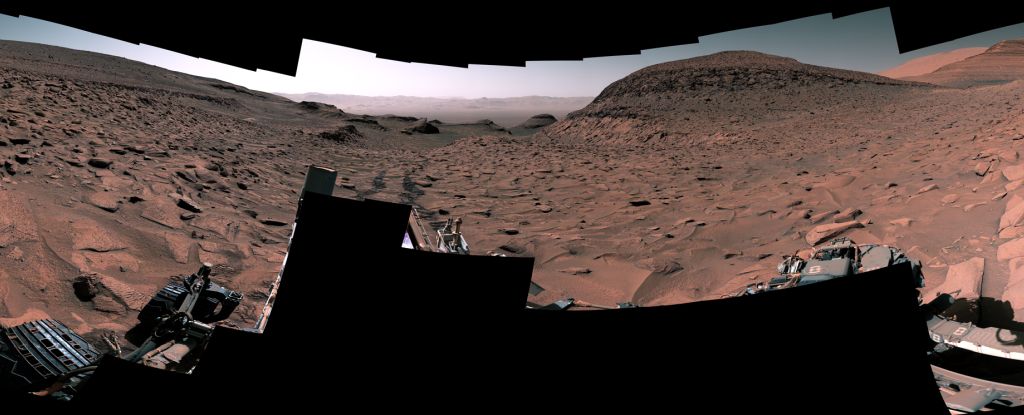
A surprise discovery in Gale Crater is the component that was missing in the puzzle of Mars's climate history.
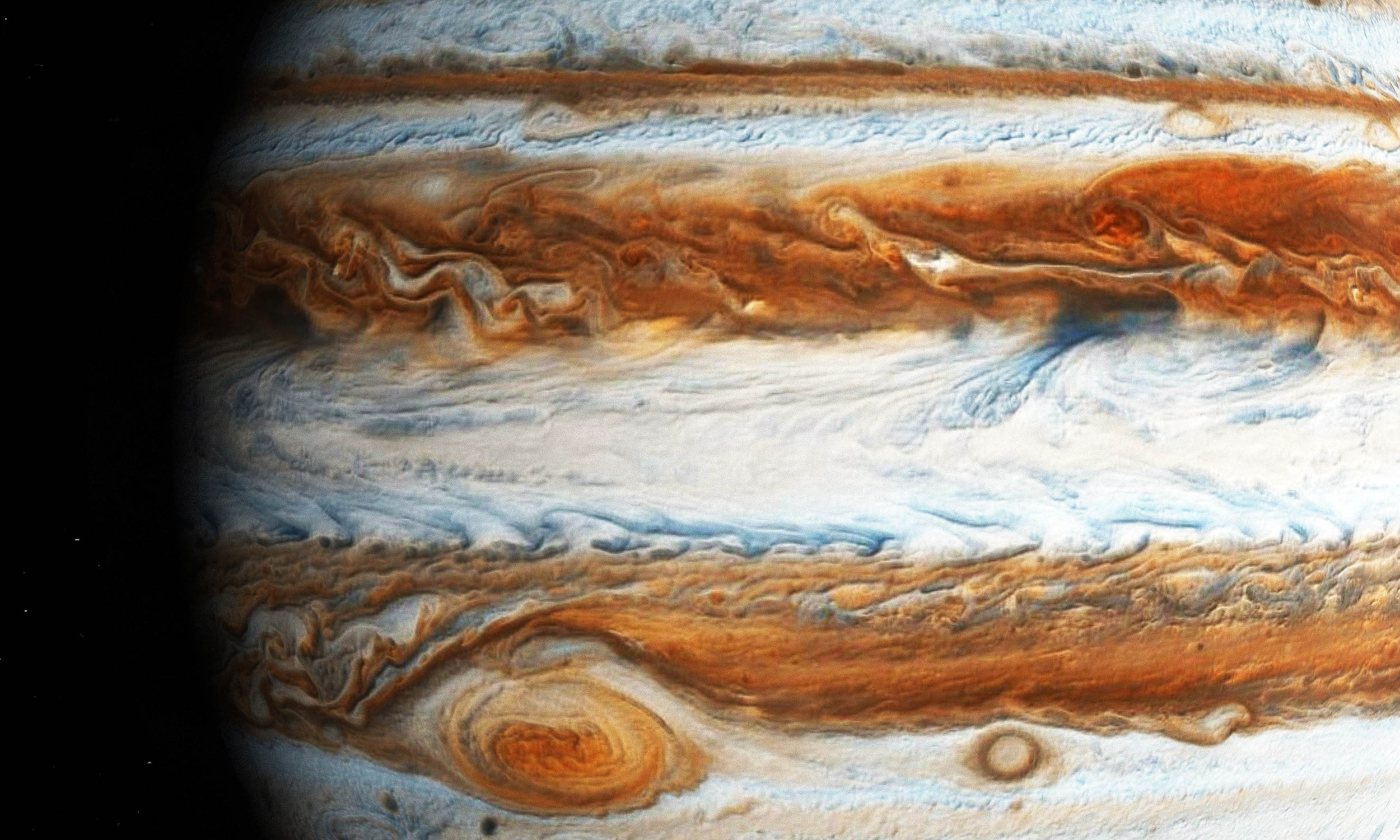
Slushy hail, made of water and ammonia, may form during lightning-packed storms, giving researchers fresh clues about what lurks beneath the planet’s colorful cloud tops.
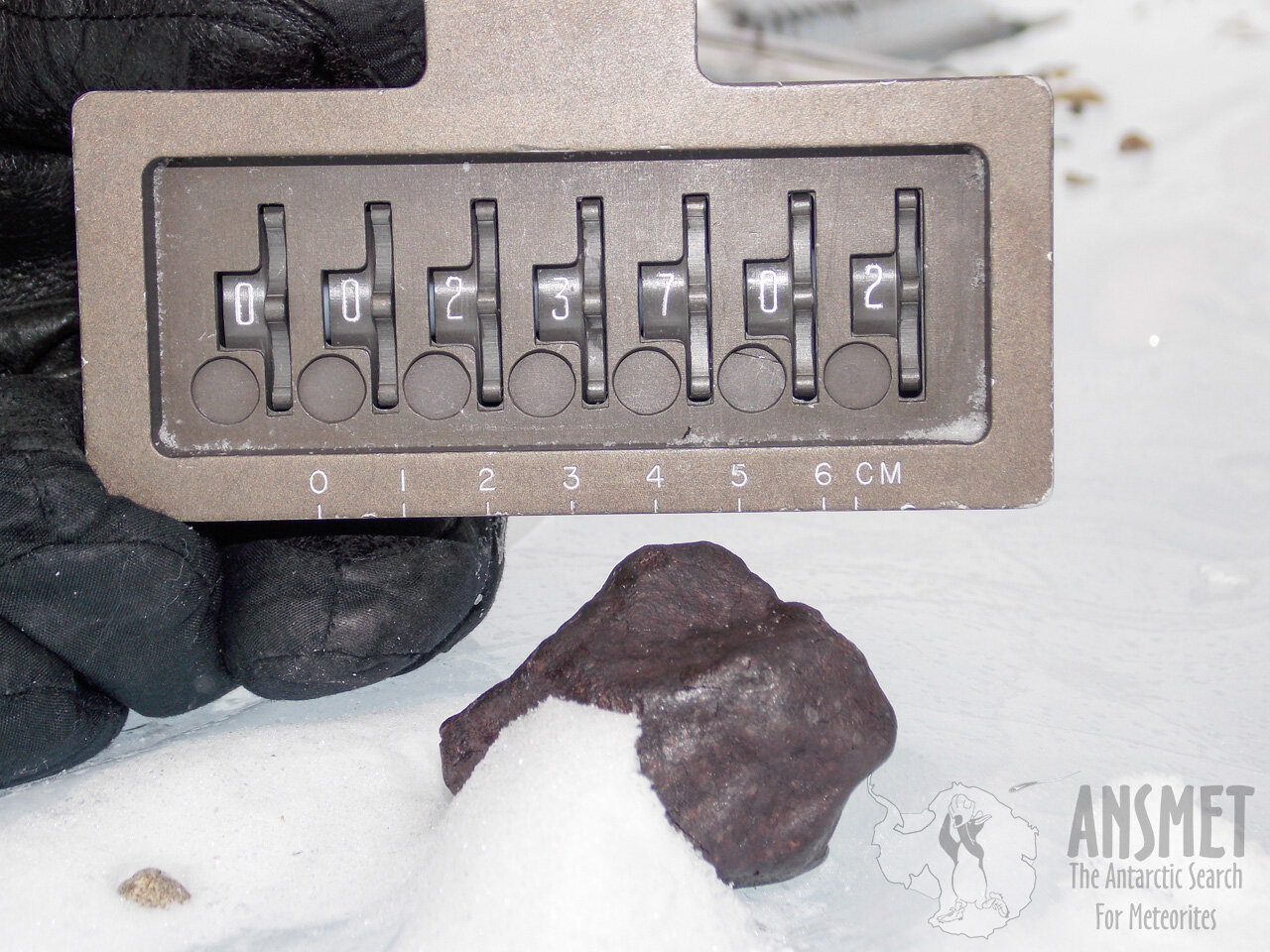
Using a rare type of meteorite, enstatite chondrite, which has a composition analogous to that of the early Earth - researchers have found a source of hydrogen which would have been critical for the formation of water molecules.

Since the James Webb Space Telescope (JWST) began science operations, astronomers have observed galaxies that existed more than 13 billion years ago.
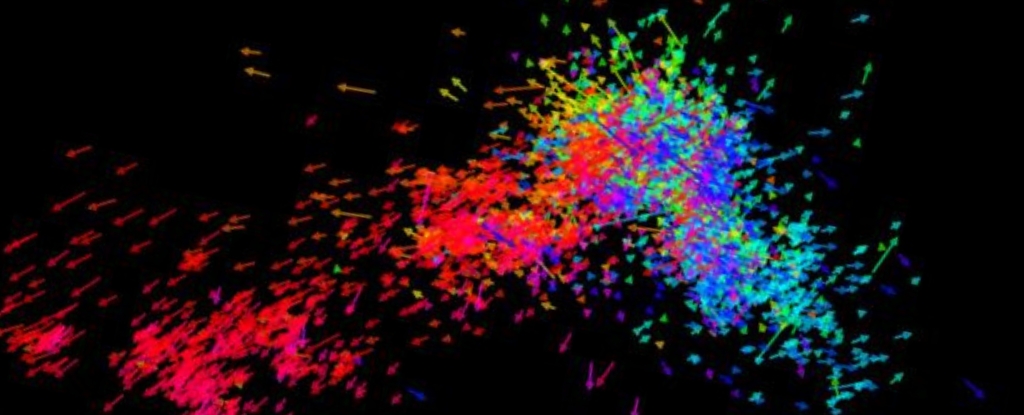
A team of researchers at Nagoya University has discovered evidence that the Small Magellanic Cloud is potentially being torn apart by gravitational forces from its larger companion.
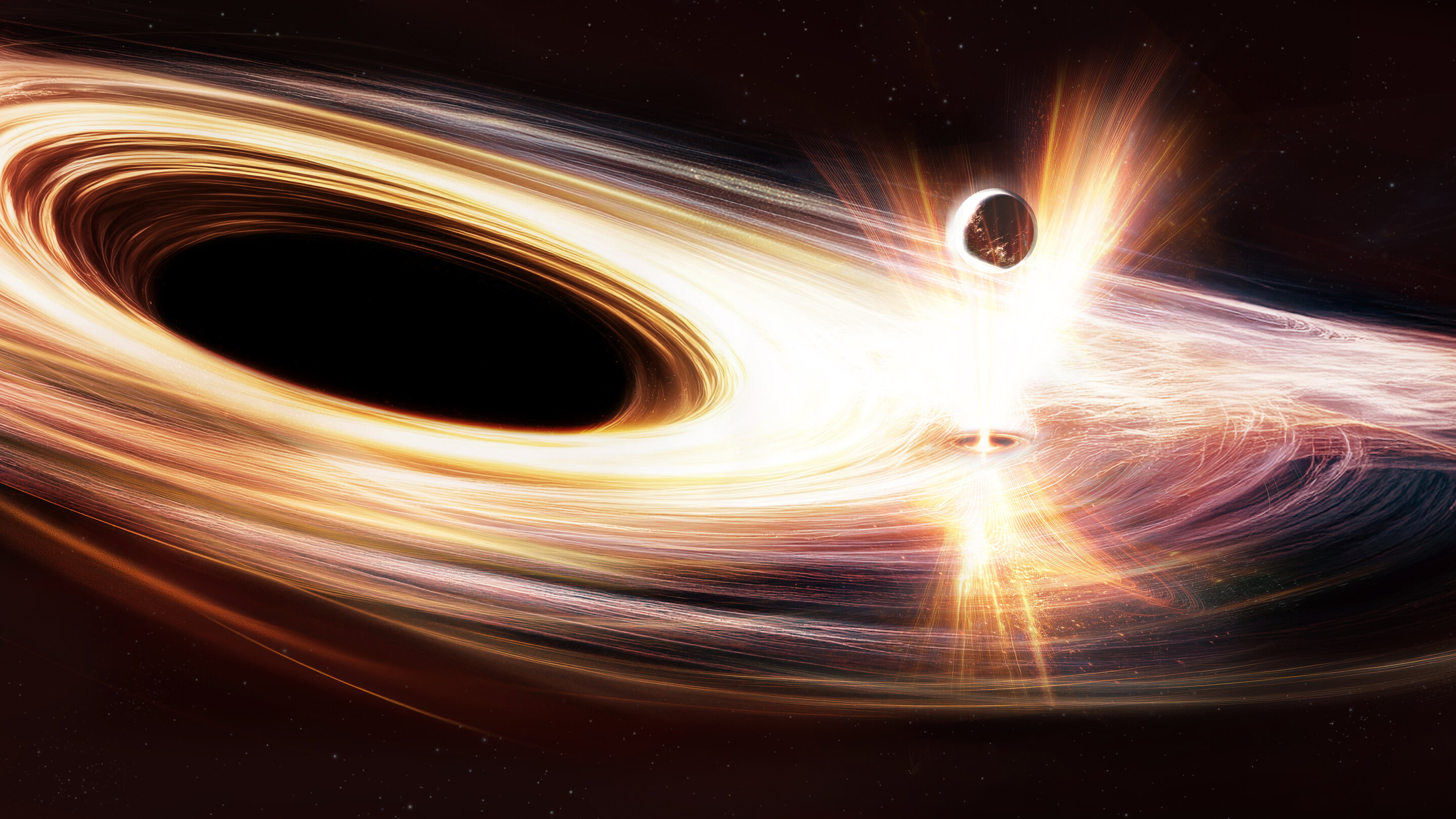
A massive black hole at the heart of a galaxy in the Virgo constellation is waking up, shooting out intense X-ray flares at regular intervals that have puzzled scientists

NASA's new infrared space telescope, SPHEREx, is designed to give us unprecedented insights into the evolution of the Universe.

The "music" of starquakes - enormous vibrations caused by bursting bubbles of gas that ripple throughout the bodies of many stars - can reveal far more information about the stars.
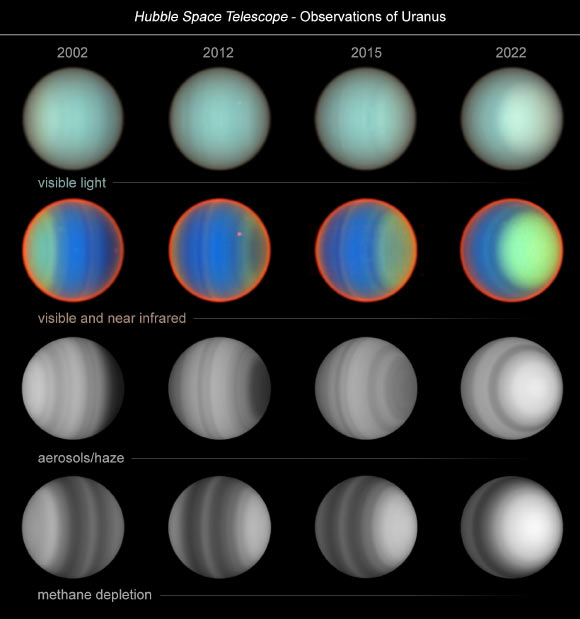
A 20-year Hubble study of Uranus provide valuable data for understanding the atmospheric dynamics of this distant ice giant, which can serve as a proxy for studying exoplanets of similar size and composition.
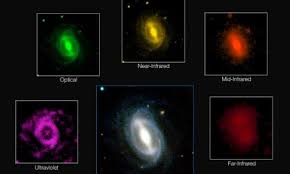
For a long time, scientists thought that only actively star-forming galaxies should be observed in the very early Universe. The James Webb space telescope now reveals that galaxies stopped forming stars earlier than expected.
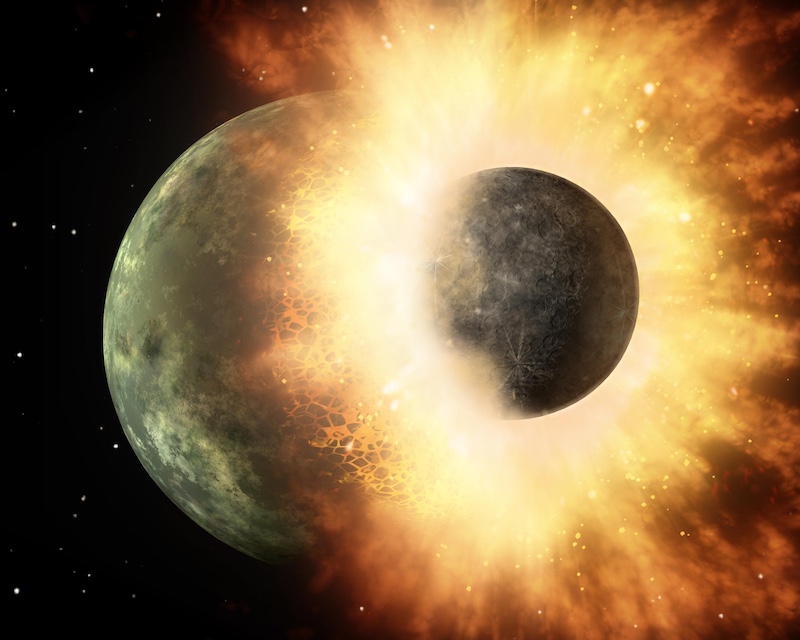
A grazing giant collision between two similar-sized rocky bodies likely created Mercury a few billion years ago.
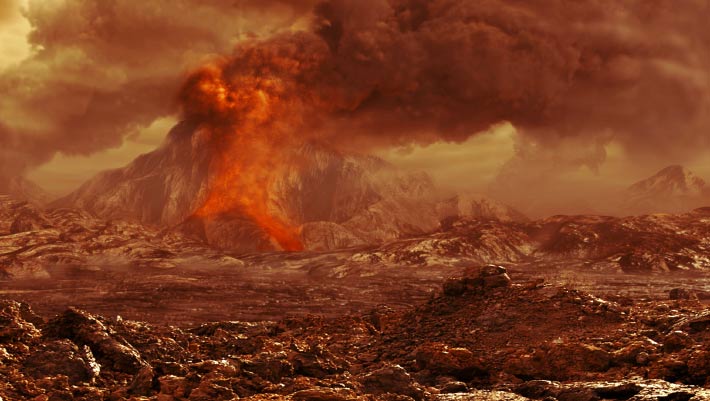
An unexpected phenomenon called convection could help explain many of the volcanoes and other features of the Venusian landscape.
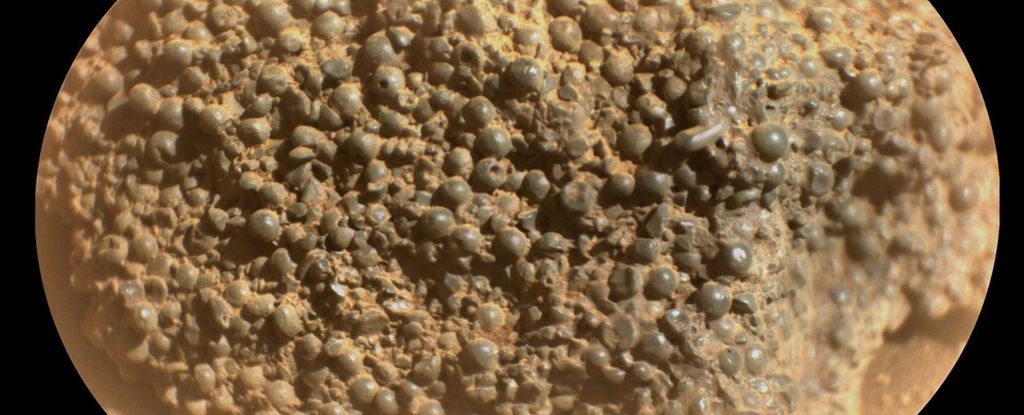
Once again, Mars has presented us with an example of something it seems to have in abundance: extremely peculiar and baffling rocks.
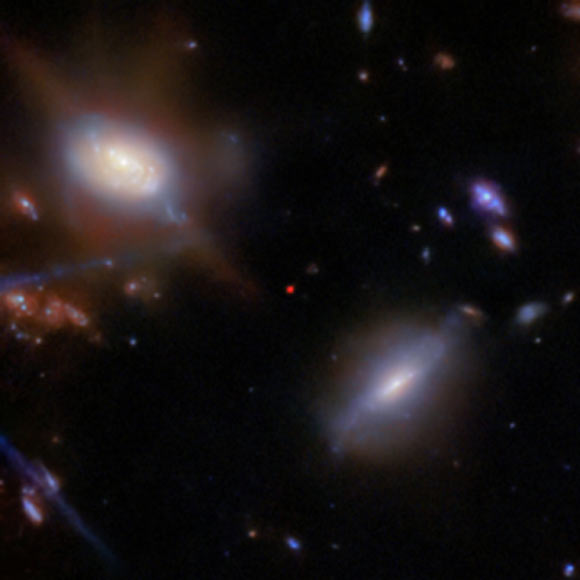
The Lyman-apha light from JADES-GS-z13-1 has taken nearly 13.47 billion years to reach us, as it dates back to just 330 million years after the Big Bang.